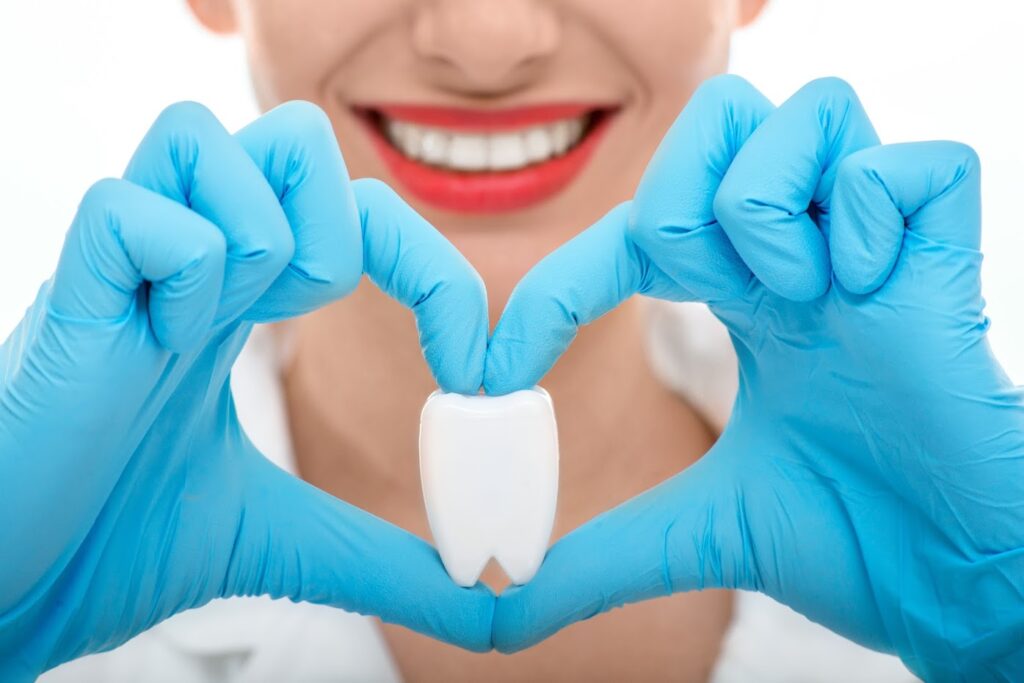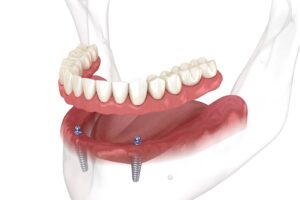Exploring tooth whitening at home can seem like an enticing option for those aiming to achieve pearly whites without stepping into a dental clinic. The allure of cost-effectiveness and comfort is undeniable, but is it a good idea to embark on this journey on your own? Let’s find out.
There are various at-home methods for tooth whitening, ranging from commercial products to natural solutions. Popular commercial options include whitening strips, gels, trays, toothpaste, and rinses. Natural DIY remedies encompass homemade recipes with baking soda, activated charcoal, and coconut oil pulling.
Why Opt For At-Home Whitening?
The thought of achieving a bright smile without the need for frequent dental visits is tempting for many. But what makes at-home options so appealing? Here are the main advantages:
- At-home whitening products are generally cost-effective,
- Users have the flexibility to choose when and where to undergo the treatment,
- Some dentist-provided at-home kits allow for customized dental trays.
What Do You Need for a Tooth Whitening at Home?
There’s a wide range of options available, each with its unique application, effectiveness, and duration, so it’s crucial to follow the specified instructions. Before we go into more detail, here’s an overview of the most popular options:
| Product | Type of Whitening | Cost |
| Whitening Strips | Extrinsic and intrinsic whitening | $10-$60 |
| Whitening Tray | Extrinsic and intrinsic whitening | $200-$500 for a custom tray |
| Whitening Toothpaste | Mostly extrinsic whitening | $5-$30 |
Whitening Strips
Whitening strips are thin, flexible layers of plastic infused with a teeth-bleaching gel. Typically, there’s a designated strip for the upper and another for the lower teeth, each applied for durations ranging from 5 to 30 minutes.
Whitening Gels and Trays
A whitening tray is crafted by your dentist by deriving the shape from your dental impression. It’s very easy to use, and many individuals attain their desired shade in 2 to 3 weeks of consistent use. There are over-the-counter versions as well, but they might not offer the same efficiency.
Whitening Toothpaste and Rinses
Whitening toothpaste combines ingredients like carbamide or hydrogen peroxide with gentle abrasives to diminish teeth stains. Additionally, various whitening mouthwashes have been formulated to bolster the brightening process.
What Are Some DIY Natural Whitening Methods?
There are plenty of simple and affordable homemade recipes, but they might not offer the same efficiency as conventional products. Let’s take a look at some popular methods.
Baking Soda and Lemon Juice Paste
Baking soda, with its mild abrasive nature, is a frequent ingredient in DIY teeth-whitening recipes. Here’s one of these popular methods:
- Combine 3 teaspoons of baking soda with 2 teaspoons of lemon juice to form a paste,
- Using a Q-tip or cotton ball, carefully apply the mixture to your teeth,
- Thoroughly rinse your mouth and proceed to brush your teeth as usual.
Strawberry, Salt, and Baking Soda Scrub
Baking soda can also be combined with strawberries and a touch of salt to create a mild scrub for the teeth. However, just as with any DIY remedy, it’s essential to thoroughly rinse your mouth after using the paste to prevent any residue or potential harm.
Activated Charcoal
Activated charcoal, a popular ingredient in certain kinds of toothpaste, can assist in eliminating superficial teeth stains. Its mildly abrasive nature, along with its adsorptive properties, allows it to latch onto and remove some surface stains.
Coconut Oil Pulling
Oil pulling involves swishing around a tablespoon of oil in your mouth for around 15 to 20 minutes daily. However, while coconut oil can bind to teeth bacteria and potentially clear some surface discoloration, its whitening effects aren’t more profound than simple water rinses.

Safety Precautions and Tips
While these techniques can offer some appealing benefits, they also come with risks that shouldn’t be overlooked. So, let’s dive into some critical precautions and tips.
Avoid Overuse
Consistency might be the key in many aspects of life, but when it comes to DIY whitening methods, moderation is paramount. Excessively using these techniques can erode tooth enamel and lead to increased tooth sensitivity, so make sure to space out the treatments.
Protect Your Gums
Many whitening agents, especially when homemade, can be abrasive or acidic. If these substances come into prolonged contact with your gums, they can cause irritation or even damage, so it’s essential to stay cautious when using them.
When Should You Visit Your Dentist?
Seek advice from your dental professional if you notice any of the following symptoms:
- Ongoing intense tooth sensitivity,
- Gums that are inflamed, red, or bleed,
- Constant pain in your teeth.
Schedule Teeth Whitening With Miami Cosmetic Smile Design
Ready for a radiant, confidence-boosting smile? Trust the experts at Miami Cosmetic Smile Design to guide you on the best teeth whitening approach tailored to your needs. Schedule your appointment today – why wait when a bright smile is just around the corner?
References
- Ask the Dentist – The 12 Best (and Safest) Ways to Whiten Teeth
- Health Essentials – How to Whiten Your Teeth: 4 Home Remedies





